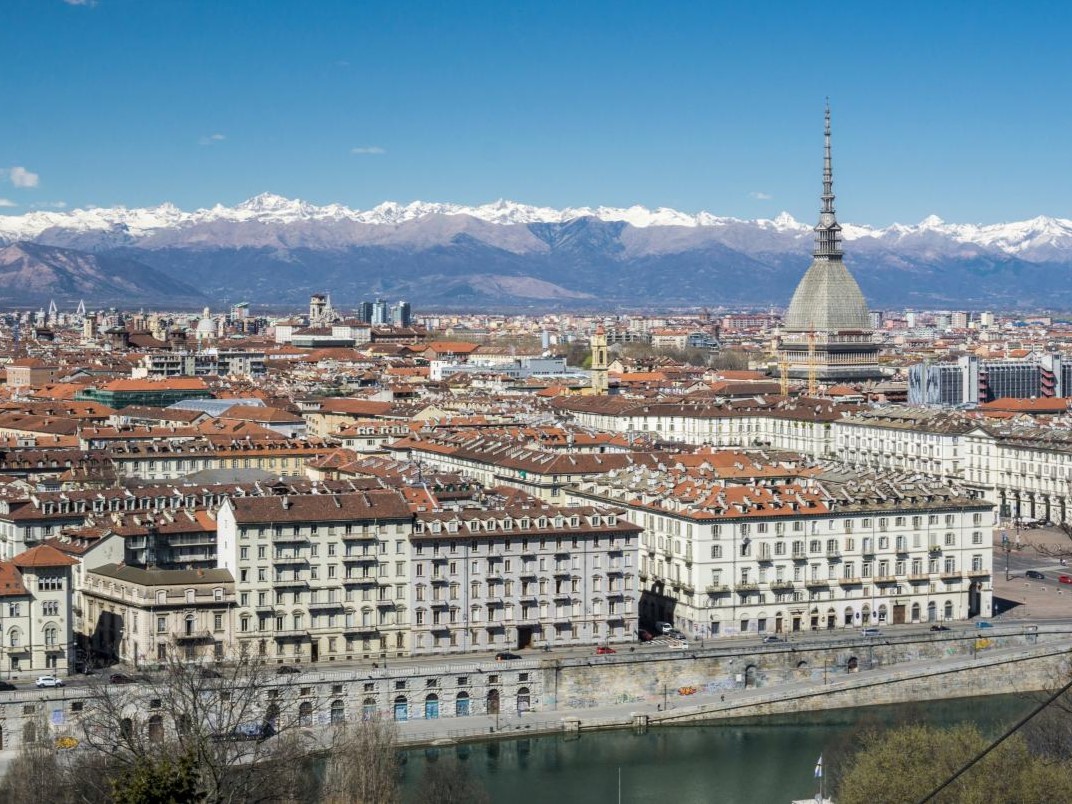

The city's transformation from an industrial hub to a vibrant cultural destination is an example of smart urban regeneration. Iconic sites such as the Lingotto Car Factory and OGR-Officine Grandi Riparazioni have been repurposed into cultural venues, demonstrating the city’s commitment to blending history with modern innovation.
Torino’s inclusion in the UNESCO Man and the Biosphere programme highlights its commitment to preserving natural resources while promoting sustainable development. Visitors can also experience the city’s distinctive culinary scene, rooted in local traditions such as Slow Food, while the TorinoMercati app, which promotes street markets, adds a technological twist to preserving these cherished practices.
SOURCE: https://smart-tourism-capital.ec.europa.eu
You may be interested
-
'A summer without travel': How long will Ital...
As the Italian government prepares to bring in “phase two” of the national lockdown measur...
-
'Basilica of Mysteries' reborn in Rome
The so-called 'Basilica of the Mysteries' has been reborn in Rome. The basilica, one of th...
-
'Beautiful' Italian lake hides a 'mysterious'...
Water can hide all kinds of secrets. But while shipwrecks and sea creatures might be expec...
-
'Dragon Bones' of Santa Maria e San Donato
The Basilica of Santa Maria e San Donato dates to the seventh century, back when the islan...
-
'Enchanting' Italian town has stunning roofto...
The travel itinerary company Earth Trekkers has highlighted a hidden Italian commune with ...
-
'Fairytale' Italian village loved by celebrit...
Nestled in the heart of Italy's Umbria is a village that is often referred to as being amo...
-
'Fantastic' exchange thrills Italian doctor,...
Two doctors on opposite sides of the Atlantic Ocean have set up their own international ex...
-
'Garden Route Italia', discovering the Belpae...
From villas to castles, from labyrinths to green oases reflected in lakes. The new portal ...










